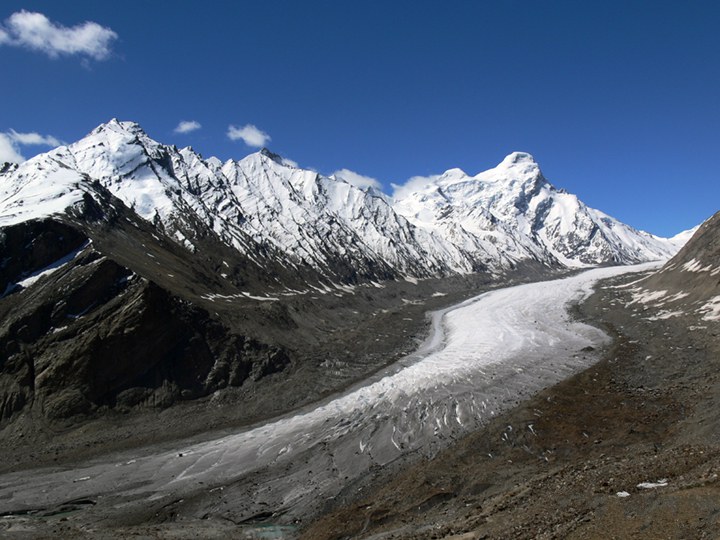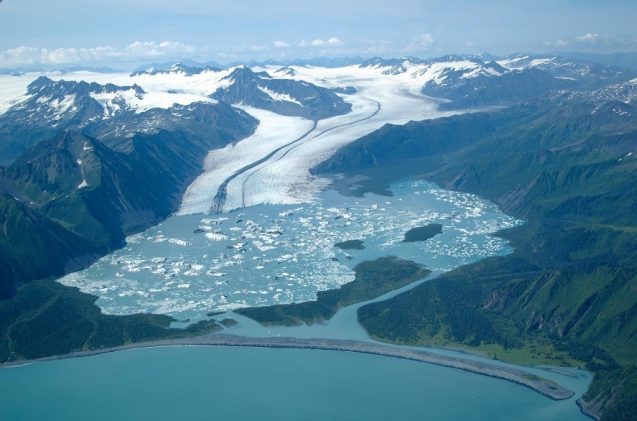
Five years ago, I first read about how climate scientists and activists in the US were targeted, bullied and harassed for their work. For eg., read about @MichaelEMann whose work showed that modern climate change was not natural but caused due to human activities.
Naturally, this was unpalatable to many whose profits depended on activities that are causing climate change. Thus followed a systematic campaign to malign his science and harass him. He is hardly the only example. There are many who rattle powerful lobbies.
I often wondered why no such thing was happening in India. Why wasn't anyone being rattled, and hence, why wasn't anyone being targeted? There were a few reasons why this could be. Maybe climate change isn't a concern for India? Maybe such lobbies don't exist in India?
Maybe such lobbies exist, but aren't powerful enough to target anyone? Well, to begin with, of course climate change is a HUGE problem for India. For eg., read this:
We are already suffering due to climate change.
livemint.com/Politics/dKcze…
We are already suffering due to climate change.
livemint.com/Politics/dKcze…
Then read this:
vox.com/2018/9/26/1789…
India is projected to lost the MOST due to climate change. If you don't want to read the whole article, scroll down to the map. Red shows highest social cost of carbon. Blue shows negative cost i.e. gain from climate change.
vox.com/2018/9/26/1789…
India is projected to lost the MOST due to climate change. If you don't want to read the whole article, scroll down to the map. Red shows highest social cost of carbon. Blue shows negative cost i.e. gain from climate change.
If you're wondering why Indian media never made a fuss about the results from this 2018 study on country level social costs of carbon, I'm with you.
I know @down2earthindia wrote about it:
downtoearth.org.in/dte-infographi…
I know @down2earthindia wrote about it:
downtoearth.org.in/dte-infographi…
But let's go back to the original question (because the social cost carbon deserves a separate thread): why wasn't anyone being targeted for raising climate awareness in India? Climate change is definitely a concern for India. And climate action will definitely reduce profits ..
.. for many rich people. So why the peaceful silence?
Then last year, @GretaThunberg said "How dare you?" and it pissed off a lot of people. Whether or not one was aware of climate change, Greta or her speeches, one was bombarded with several narratives.
Then last year, @GretaThunberg said "How dare you?" and it pissed off a lot of people. Whether or not one was aware of climate change, Greta or her speeches, one was bombarded with several narratives.
One was how this insolent kid who liked to skip school was a puppet or a drama queen. One was how she got famous without actually doing anything (remember the utterly pointless comparison with Saalumarada Thinmakka?).
I remember an instance where she said "The climate and ecological crisis is far beyond party politics and the main enemy right now should not be any political opponents because our main enemy right now is physics." Someone on my Twitter feed took one phrase out of context ..
.. and joked how someone who liked to skip school would obviously find an enemy in physics.
Now remember: all of this was before the Farmers' protest. So you can of course subscribe to the far-fetched theory that she'd been planning all her anti-India activities since then ..
Now remember: all of this was before the Farmers' protest. So you can of course subscribe to the far-fetched theory that she'd been planning all her anti-India activities since then ..
.. and hence dismiss this instance of how a climate activist was targeted by India media, but I prefer not to.
After all that rigmarole, things more or less went back to normal. No one talked of climate change, and hence, no one talked of those talking of climate change.
After all that rigmarole, things more or less went back to normal. No one talked of climate change, and hence, no one talked of those talking of climate change.
This is not to dismiss the work of many impressive people who are trying to raise isolated voices, with vastly inadequate mainstream support. This is only to say that climate scientists or activists rarely make news, and that isn't a coincidence.
Yesterday, I saw this cartoon shared by @TheDeshBhakt :
I want to suggest two sequels to this:
1. How the same people who need to keep public focus away from climate change have links to media houses who fixate on religious themes
2. How those people have links to policymakers
I want to suggest two sequels to this:
1. How the same people who need to keep public focus away from climate change have links to media houses who fixate on religious themes
2. How those people have links to policymakers

My conclusion from all of this is very disappointing -- no one has targeted climate scientists and activists in India so far, not because we recognize their work and appreciate them, but because we pay almost no attention to them. I wonder if Disha Ravi will change that.
~ FIN
~ FIN
P. S. As I read further, I realize -- I couldn't be more wrong about "no one has targeted climate scientists and activists in India so far". For example, this is from 5 years ago. We were always on this trajectory. We can't be surprised about #DishaRavi
scientificamerican.com/article/in-ind…
scientificamerican.com/article/in-ind…
• • •
Missing some Tweet in this thread? You can try to
force a refresh





